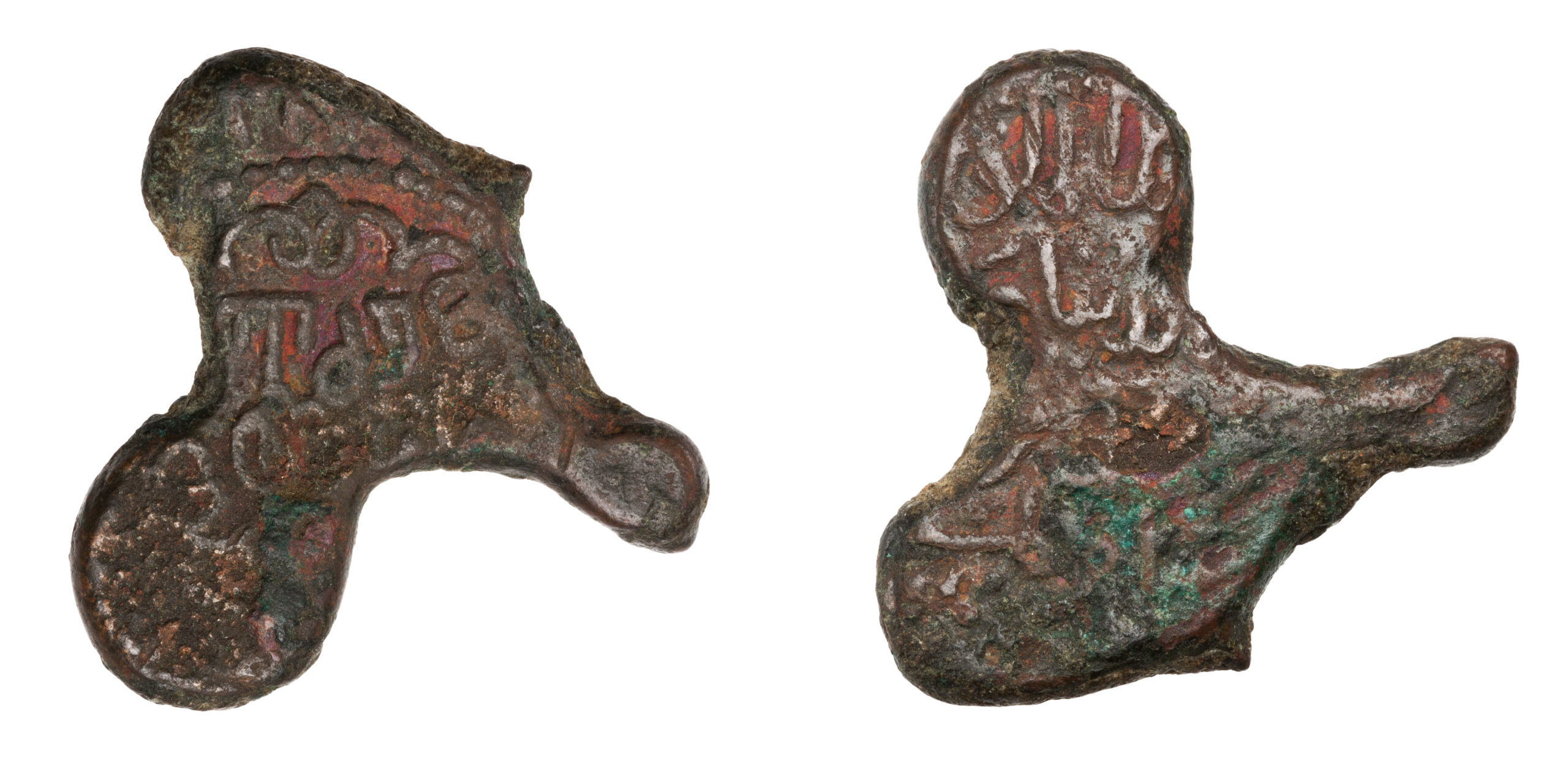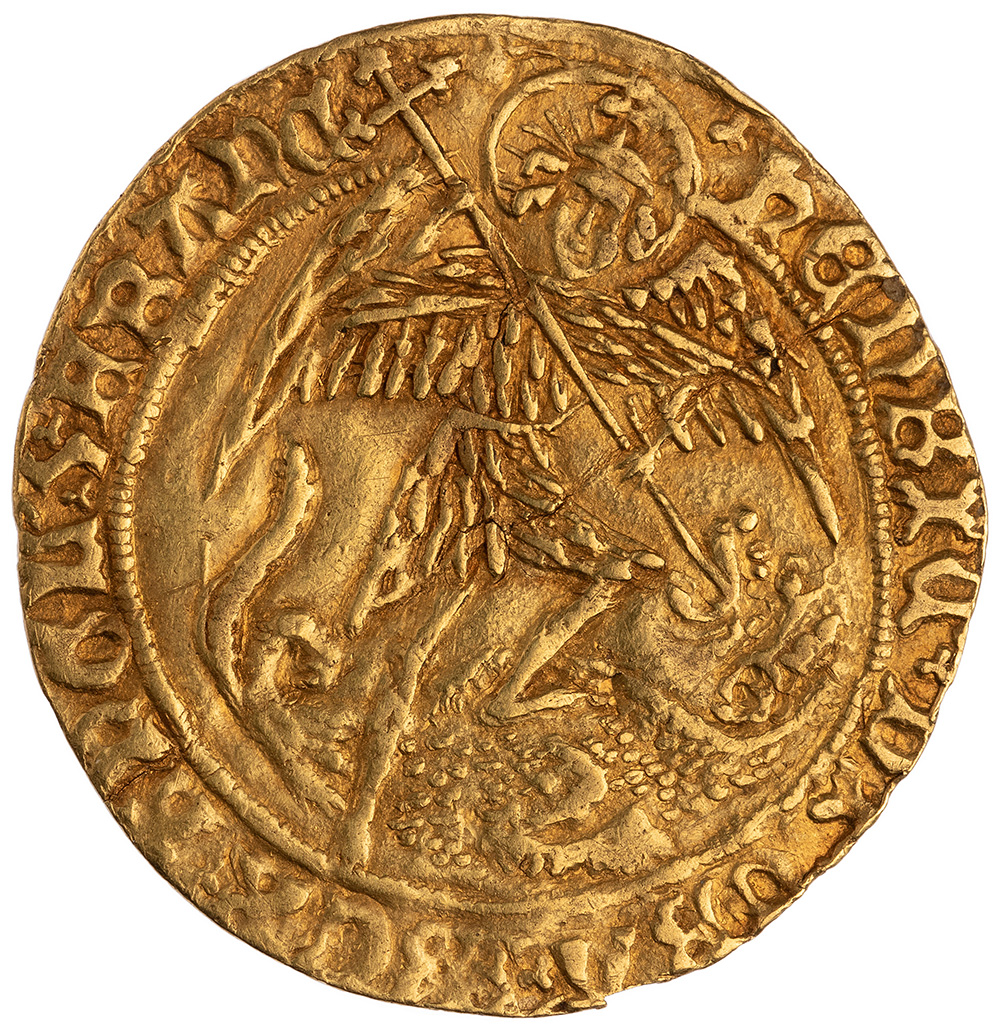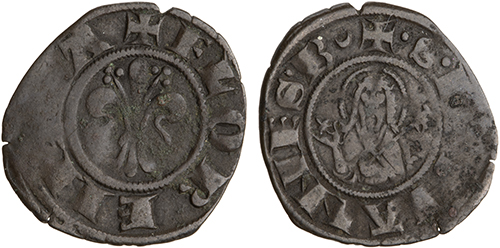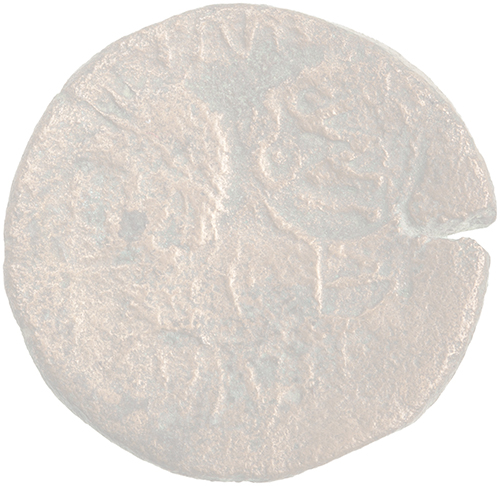Odd Bronzes of the Georgian Golden Age

***This is a follow-up to Summer Seminar scholar Lara Fabian’s earlier post about the fascinating history of coinage from the Caucasus in the ANS collection.
During the late 11th and 12th centuries, the mountainous South Caucasus kingdom of Georgia flourished. It strategically exploited its position on the edge of the declining Byzantine and Seljuk empires, and succeeded in extending its sphere of influence from the northern coast of Anatolia all the way to the Caspian Sea.
A remarkable series of rulers from the Bagrationi dynasty oversaw this, including Georgi III (1156-1184) and his daughter, Tamar the Great (1184-1213)– a Queen who was addressed as “King” (მეფე mep’e). Stories about this Georgian Golden Age became central to the identity of medieval and modern Georgia as seen in the works of the Georgian poet Shota Rustaveli and the Russian Mikhail Lermontov. Even today, a portrait of Tamar Mepe graces the Georgian 50 lari note.
Amid the expansion of the Georgian kingdom and its cultural flowering, this period also produced some of the strangest and most fantastical coinage ever minted in the region. All coinage from this period was bronze (because of the ‘silver famine’ in the Middle East). While some pieces were struck on regular round planchets, others clearly were not– like this coin of Queen Tamar herself (ANS 1917.216.683).

It is a so-called ‘irregular bronze.’ On the obverse, the central image is Queen Tamar’s monogram within a wreath. Surrounding this is a marginal legend written in the Georgian Asomtavruli script. Although not preserved fully here, it is possible to reconstruct it as: ႵႱႾႪႨႧႠ ႶႧႠ ႨႵႬႠ ႽႣႠႨ ႥႺႾႪႱႨ ႠႫႱ ႵႰႩႬႱ [–], In the name of God, this silver piece was struck in k’oronikon [–] . (The date is missing on this piece). Particularly interesting here is the specific mention of silver when, of course, the piece was bronze. This is repeated across all the irregular Bagrationi bronzes.
On the reverse is an extended 5 line Arabic legend in the center, reading:
الملكة المعظمة
جلال الدنيا والدين
تامار بنت كيوركى
ظهير المسيح
اعز الله انصار
The great Queen
Glory of the World and Faith
Tamar daughter of Giorgi
Champion of the Messiah
May God increase [her] victories
With a marginal legend of:
ضاعف الله جلالها ومدّ ظلالها وايد اقبالها
May God increase her glory and lengthen her shadow and strengthen her beneficence! (Lang and Dundua)
This piece also features two countermarks, which were very common on these irregular bronzes. One is unique to Tamar’s bronzes, while the other is the cypher of Tamar’s daughter, Queen Rusudan (Pakhomov, p. 124).

Above is another of Tamar’s bronzes (ANS 1922.193.1), which has the same legend but a different of Queen Rusudan’s cyphers. This piece can be dated to k’oronikon 430 (=1210 CE), by the letters ჃႪ just before the cross on the obverse (Lang). Although the irregular coppers are often simply irregular blobs, some of them, like this suspiciously bird-shaped one, seem to play off of forms from nature.

This is clearer in the fish-shaped planchets best known from the reign of Giorgi IV Lasha (1213-23) (ANS 1917.216.687). This particular ANS example is, according to Lang, likely an overstrike of a bronze of Giorgi IV Lasha from the reign of Queen Rusudan (1223-45).
Finally, there are the pieces of even more irregular form, like this coin of Giorgi IV Lasha (ANS 1959.165.106), which is recognizable by the bit of its two line obverse legend that is not off-flan:
ႢႨႻႤ
ႧႫႰႱႨ
Giorgi, son
of Tamar
Within a few short decades of the minting of this coin, Georgia would become embroiled in conflicts with Mongol invaders, from which it suffered greatly. As strange and unassuming as these blobs of bronze are, they participated in a true high point of Georgia’s early history.
Source: Odd Bronzes of the Golden Age | Barbarus hic ego sum






